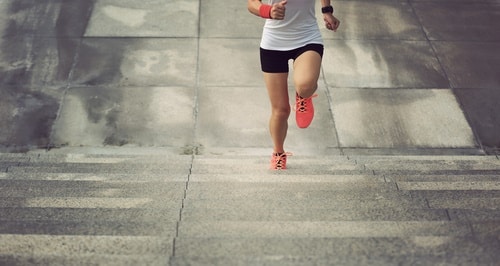Best Long Distance Running Shoes
This page contains affiliate links. As an Amazon Associate I earn from qualifying purchases.
Long distance running can be tiring for the feet unless you find the right shoes to wear.
This is because your feet undergo such impact that it can also lead to joint issues unless it is adequately supported. Also, your feet would tie-up faster inside bulky and heavy shoes.
This additional weight can be tiring for your body to carry. Continue below as we discuss the newest and best insoles for running on the market today.
Quick Look at Out Top Picks for Best Long Distance Running Shoes
IMAGE
PRODUCT
DETAILS
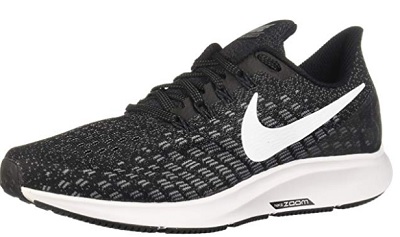
View on Amazon → 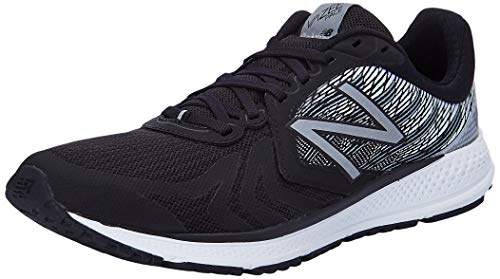
View on Amazon → 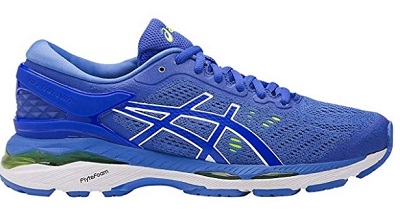
View on Amazon → 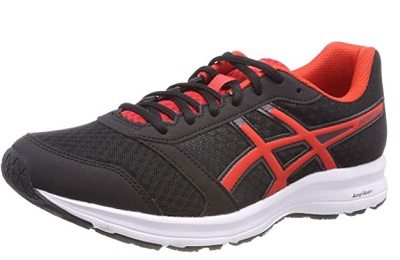
View on Amazon → 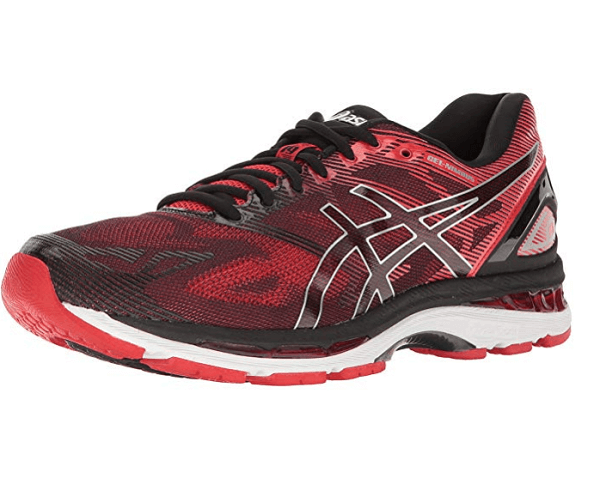
View on Amazon →
Quick Navigation
Best Rated Long Distance Running Shoes Reviewed
Now that you know the reasons why you should go for a long-distance run, and how to buy new shoes, you may be wondering what kind of shoes may best fit your needs as a long-distance runner.
Depending on what you feel is most comfortable for your feet as a long-distance runner, you may find that the opinions of others regarding shoes may be the best reference for you to find the best pair.
Here is the list of the best long-distance running shoes on the market today.

- Very lightweight
- Comfortable
- Build quality is impressive
- Feels hard
- Shoe is not flexible
- Very lightweight
- Comfortable
- Build quality is impressive
- Feels hard
- Shoe is not flexible

- Provides great support for overpronation
- Affordable price tag
- Lightweight
- Runs a little narrow
- Expensive pricing
- Provides great support for overpronation
- Affordable price tag
- Lightweight
- Runs a little narrow
- Expensive pricing
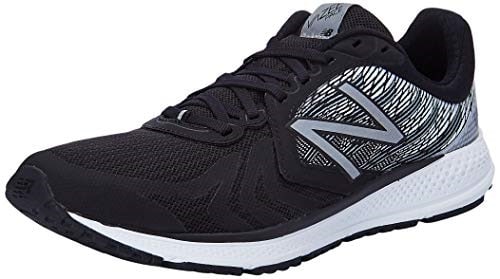
- Good Design
- Has improved cushioning
- Lightweight
- Runs small
- May be prone to foot slippage
- Good Design
- Has improved cushioning
- Lightweight
- Runs small
- May be prone to foot slippage

- Cheap for its price
- Has good support
- Very comfortable
- Tends to wear easier than other brands
- Runs smaller than expected sizing
- Cheap for its price
- Has good support
- Very comfortable
- Tends to wear easier than other brands
- Runs smaller than expected sizing

- Has great neutral support
- Well cushioned and toe-friendly
- Durable
- Runs narrower towards the forefoot
- Runs smaller than expected sizing
- Has great neutral support
- Well cushioned and toe-friendly
- Durable
- Runs narrower towards the forefoot
- Runs smaller than expected sizing
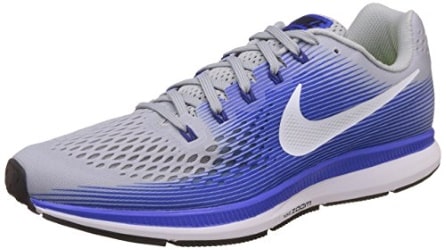
- More lightweight than other brands
- More comfortable than other brands
- Has a better fit
- Too stiff especially in the heel area
- Feels wider than the previous models
- More lightweight than other brands
- More comfortable than other brands
- Has a better fit
- Too stiff especially in the heel area
- Feels wider than the previous models
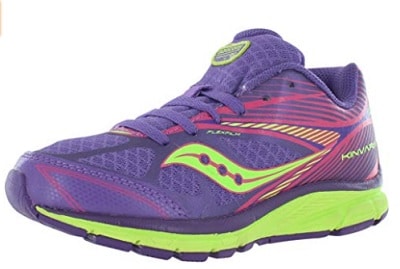
- Very lightweight
- Durable
- The shoe is comfortable
- Details may come off as they are only decals
- Does not provide enough support
- Very lightweight
- Durable
- The shoe is comfortable
- Details may come off as they are only decals
- Does not provide enough support
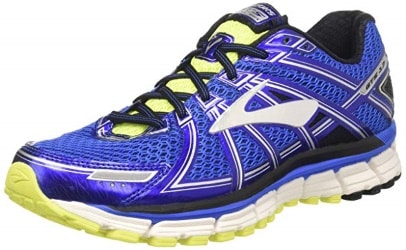
- Has a good feel on the feet
- Gives good support on the feet
- Very comfortable
- Soles may delaminate
- Stitching of the shoe may come undone
- Has a good feel on the feet
- Gives good support on the feet
- Very comfortable
- Soles may delaminate
- Stitching of the shoe may come undone
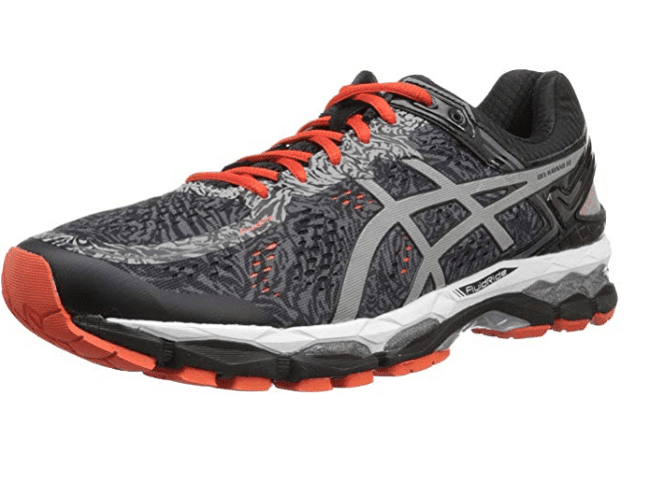
- Very comfortable
- Big heels help distribute weight evenly
- Great fit
- Fabric used feels cheap
- Toe box tends to hit the ground
- Very comfortable
- Big heels help distribute weight evenly
- Great fit
- Fabric used feels cheap
- Toe box tends to hit the ground
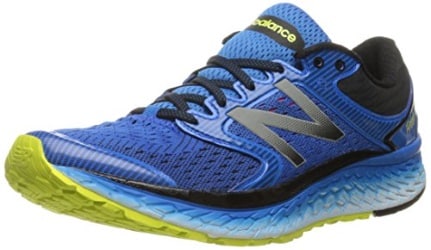
- Good value for money
- Has plenty of cushioning
- Very comfortable
- Sizing is slightly smaller than other brands
- Tends to be narrower than other brands
- Good value for money
- Has plenty of cushioning
- Very comfortable
- Sizing is slightly smaller than other brands
- Tends to be narrower than other brands
Health Benefits of Long Distance Running

If you are not used to exercising, you may end-up finding long distance running to be quite tiring. However, the energy spent is worth it as it benefits one’s health, and often these benefits are long term. If you are unsure whether you should start long distance running or not, look at the list of benefits that long-distance running can offer.
- Strengthens the Heart – Long distance running is a form of cardio exercise, which helps build your heart’s strength. This is because the whole body needs enough oxygen to sustain long-distance running, and the only way the body is able to do so is when it pumps the oxygen from the lungs to the rest of the body using the heart. By doing so, the heart exercises its muscles and gains more resistance against diseases.
- Leg Muscles Benefit – Running strengthens the leg muscles and develops them as the primary impact of long-distance running is focused on the legs. That, in turn, helps you become more resilient against injuries such as ankle sprains and leg cramps. Long distance running also helps develop endurance in order to run longer.
- Fewer Injuries – When you run long distances, you also strengthen your ligaments, bones, and tendons, which allows you to become lesser prone to developing injuries. That’s because you are building resistance against them. Once your body gets used to the pain and movement, it will adapt itself to such routine. Until then you may become tired and sore from running, however with time resistance builds-up.
- Increases O2 – Your body also increases its ability to take in more oxygen and utilize it during intense workouts. This is because your muscles will require more oxygen in order to keep up with your movements. Therefore, your body will be trained to take in more oxygen to meet such demands. Eventually, your body will be able to go longer distances.
- Key Aerobic Enzymes Increase – These enzymes help in breaking down the fuel into usable forms of energy. The concentration of these enzymes increases with a long-distance run, which in turn helps you become more energized. That results in helping you last through the journey. Over time, this makes long distance running easier as the body adapts to the dynamics.
- Helps Lose Weight – The body’s fat stores energy and so to lose fat the body needs to convert fat into energy and use it as fuel. After using up the existing energy of the body, it begins to use up the energy reserves in the form of fat. This results in the reduction of fat and that lead to weight loss.
- Trains Your Mind – Running makes you mentally tough and teaches you to develop the drive required to reach your destination. Not only this, it also boosts-up your self-esteem as you reach your goals and set a new standard for your next run. All of that helps you become more goal-oriented and focused.
- Lifts Mood – Exercise uplifts the mood and boosts-up the brain chemicals to counter depression. So when you run long distances, even that can help your brain produce chemicals that lift-up your spirits. When you run regularly and make it a part of your routine, it can help battle negative thoughts. That makes your life feel less burdensome to deal with.
Tips on How to Buy Running Shoes

There are many types of shoes out in the market that is said to cater to runners. This is because runners have special needs that shoemakers have learned to adapt to and make special shoes made for running as such choosing the right type of running shoe may prove to be difficult especially if it’s your first time.
Here are out top tips on how to buy running shoes:
- Have Your Gait Analyzed – This enables you to have the best shoe because there may be times when you need support. That support helps you become more balanced and suffer less foot pain. To have your gait analyzed, simply go to a local running store and inquire about it.
- Choose the Right Spacing – Make sure that you have a half to a full thumb’s length from your big toe to the end of the shoe. If needed, this may require you to go a size up from your normal shoe size. This is because your feet swell up when you run, and your toes tend to push itself to the toe box area.
- Test the Fit – In order to test the fit of the shoe, it is best that you run around a bit or at least walk around with the shoes on to test if they are a good fit for you. This means that there should not be any discomfort when you are trying the shoes on and walking around with it.
- Replace Worn Shoes – In order to protect your feet from injuries that may result from wearing worn shoes, replace your shoes when you have run with it for about three hundred to four hundred miles. This is because the shoes that have been worn to that point will no longer be effective in protecting your feet.
Golden Rules of Long Distance Running

There are times where a runner would need rules because this helps them keep their health in check. Just like any type of exercise, running can be dangerous if done incorrectly or in excess.
Of course, not every rule applies to long distance running, as with every rule comes with an exception, but those exceptions should not hinder you from running. Here are the golden rules of running that you should know about.
- Specific Rule – This rule states that your exercise should mimic the event for which you are training. This is because doing so will help you last the event by building the strength you need in order for you to keep up with the demands of your body when you are in the event itself.
The exception to this rule is that you should not fully mimic the full length of the event, as it is impractical and may only injure you.
- 10-Percent Rule – This rule states that you should increase your training by ten percent per week. This rule is made with safety in mind, as runners who load too much training in a short amount of time only get injuries. This also helps in enabling the body to adjust quickly to the changes in training more easily, as compared to methods which require a quick turnover.
The exception to this rule is that if you are running a single digit mile run, then you may add more than 10 percent until you are finally close to your normal training goal.
- 2 Hour Rule – This rule states that you should not go for a run until two hours after you have eaten. For most people, 2 hours is the average that they need in order for them to empty their stomach, and it is bad to exercise with a full stomach because it leads to discomfort and possibly vomiting if the stomach is too full.
The exception to this rule is that you may run after 90 minutes if you have a light, high carb meal, and about three hours if you ate something that is heavy in fat and protein.
- 10 Minute Rule – This rule states that you should start your run with ten minutes of walking and slow running, and you should do the same with a cool down. This is because the body needs to warm up and increase its temperature in order for you to be able to efficiently lose weight and train your muscles, while in cooling down you are relaxing your muscles so that it may return to your normal body temperature.
The exception to this rule is that when it comes to warm days, you may find yourself warming up a lot faster, and thus you may shorten your warm-up period.
- 2 Day Rule – This rule states that if there is something that hurts for two days while you are running, it is advised that you take two days off. This is because you need to allow your body to recover and having two days of pain may signal the beginning of an injury.
The exception to this rule is that if your body still hurts after two weeks of rest, you should see a doctor to have it checked for injuries.
Final Thoughts
In the end, runners know what best fits them. Knowing the benefits and risks of long distance running will allow you to know what you need to do to get the best.
If you find out that these shoes do not match up to your requirements, you may look for other suitable options. The shoes here are only recommendations based on customer reviews.


